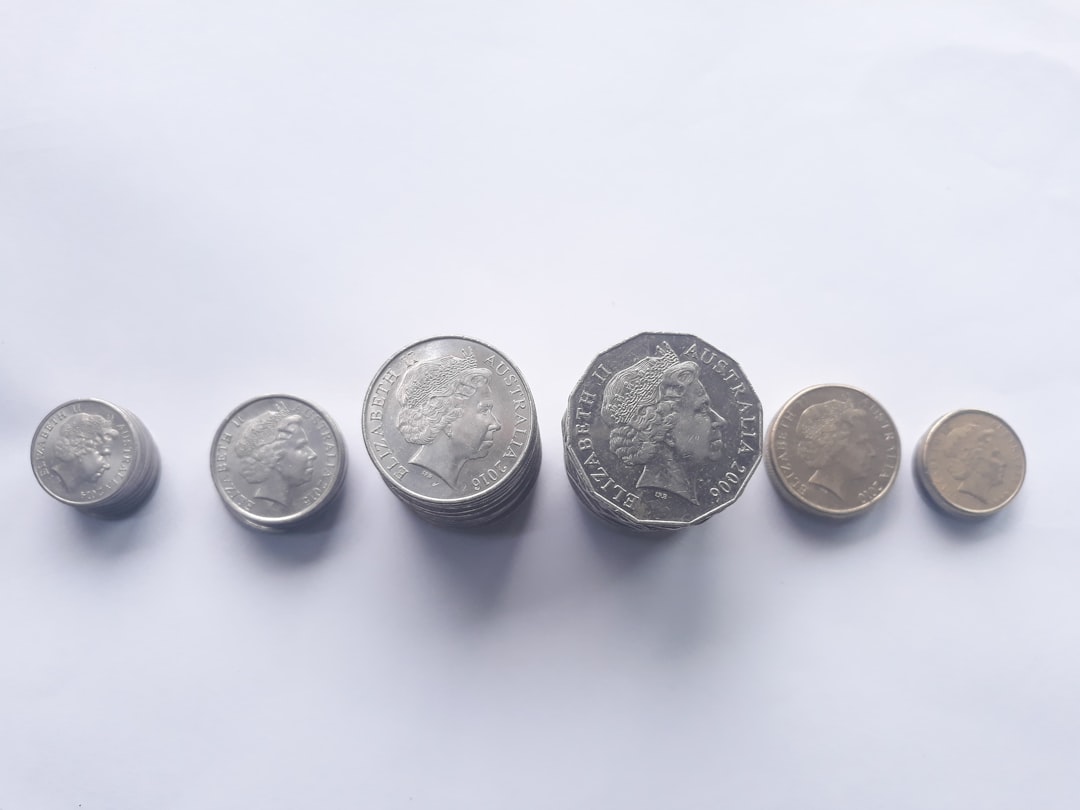The global steel market is a complex beast, influenced by a myriad of factors. One of the most significant challenges for businesses involved in international steel trade is understanding and managing steel pricing in foreign currencies. Fluctuations in exchange rates can dramatically impact profitability, making it crucial to develop a robust understanding of the underlying dynamics.
Exchange Rate Volatility and its Impact on Steel Prices
Exchange rate fluctuations are the primary driver of price variability when dealing with steel priced in foreign currencies. A strengthening US dollar, for instance, will make steel imported from countries using other currencies cheaper for US buyers, while simultaneously making US steel more expensive for international customers. Conversely, a weakening dollar would have the opposite effect. This volatility necessitates constant monitoring of currency markets and the ability to accurately forecast future exchange rates. Businesses need to incorporate these projections into their pricing strategies, taking into account potential gains or losses due to currency movements. Ignoring these fluctuations can lead to significant financial losses and undermine competitiveness.
Hedging Strategies to Mitigate Currency Risk
To mitigate the risks associated with exchange rate volatility, businesses often employ hedging strategies. These strategies aim to lock in a specific exchange rate for future transactions, reducing the uncertainty surrounding currency fluctuations. Common hedging tools include forward contracts, futures contracts, and options. A forward contract, for example, allows a buyer to agree on a specific exchange rate for a future transaction, eliminating the risk of adverse movements. Futures contracts offer similar protection, but are traded on exchanges and provide more liquidity. Options provide flexibility, allowing businesses to buy the right, but not the obligation, to exchange currency at a predetermined rate. The choice of hedging strategy depends on the specific circumstances, risk tolerance, and the length of the contract.
Regional Market Analysis: Understanding Country-Specific Factors
Steel pricing isn’t uniform globally. Regional market dynamics significantly influence prices. Factors such as local supply and demand, government regulations, import tariffs, and transportation costs all play a critical role. For example, steel prices in China might differ significantly from those in Europe or North America, even when considering the same currency. Understanding these regional nuances is essential for accurate pricing and effective negotiation. Thorough market research, including analysis of local steel production capacity, consumption patterns, and relevant regulations, is crucial for successful international steel trading.
The Role of Commodity Indices and Price Reporting Agencies
Several commodity indices and price reporting agencies track steel prices globally. These indices provide valuable benchmarks and insights into market trends. However, it’s crucial to understand that these indices often represent average prices and may not accurately reflect the prices in specific regional markets or for particular steel grades. Therefore, while these indices offer a useful overview, they should be supplemented by detailed regional market analysis and direct communication with suppliers and buyers. Furthermore, the currency in which the index is reported must be considered when making comparisons across different markets.
Negotiating Steel Contracts in Foreign Currency: Best Practices
Negotiating steel contracts involving foreign currencies requires meticulous planning and expertise. Clearly defining the currency of transaction, payment terms, and any associated exchange rate clauses is paramount. It’s crucial to specify whether the exchange rate will be fixed at the time of the contract or determined at the time of payment. The inclusion of well-defined clauses regarding currency fluctuations and potential adjustments is essential to protect both parties from unexpected losses. Engaging legal and financial professionals experienced in international trade can be invaluable in ensuring the contract is comprehensive and protects the interests of the involved parties. Transparency and clear communication are vital throughout the negotiation process.
Successfully navigating the global steel market requires a deep understanding of steel pricing in foreign currency. By carefully considering exchange rate volatility, employing effective hedging strategies, conducting thorough regional market analysis, utilizing commodity indices wisely, and negotiating contracts with precision, businesses can mitigate risks and optimize their profitability in this dynamic international market.
SEO Tags:
Steel Pricing, Foreign Currency, Exchange Rates, Hedging Strategies, Global Steel Market




